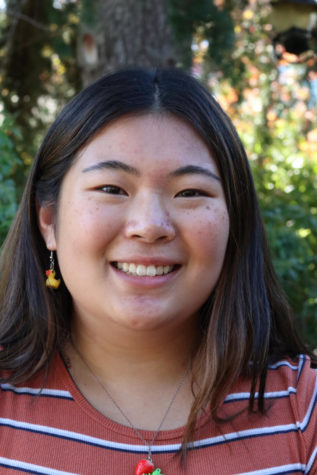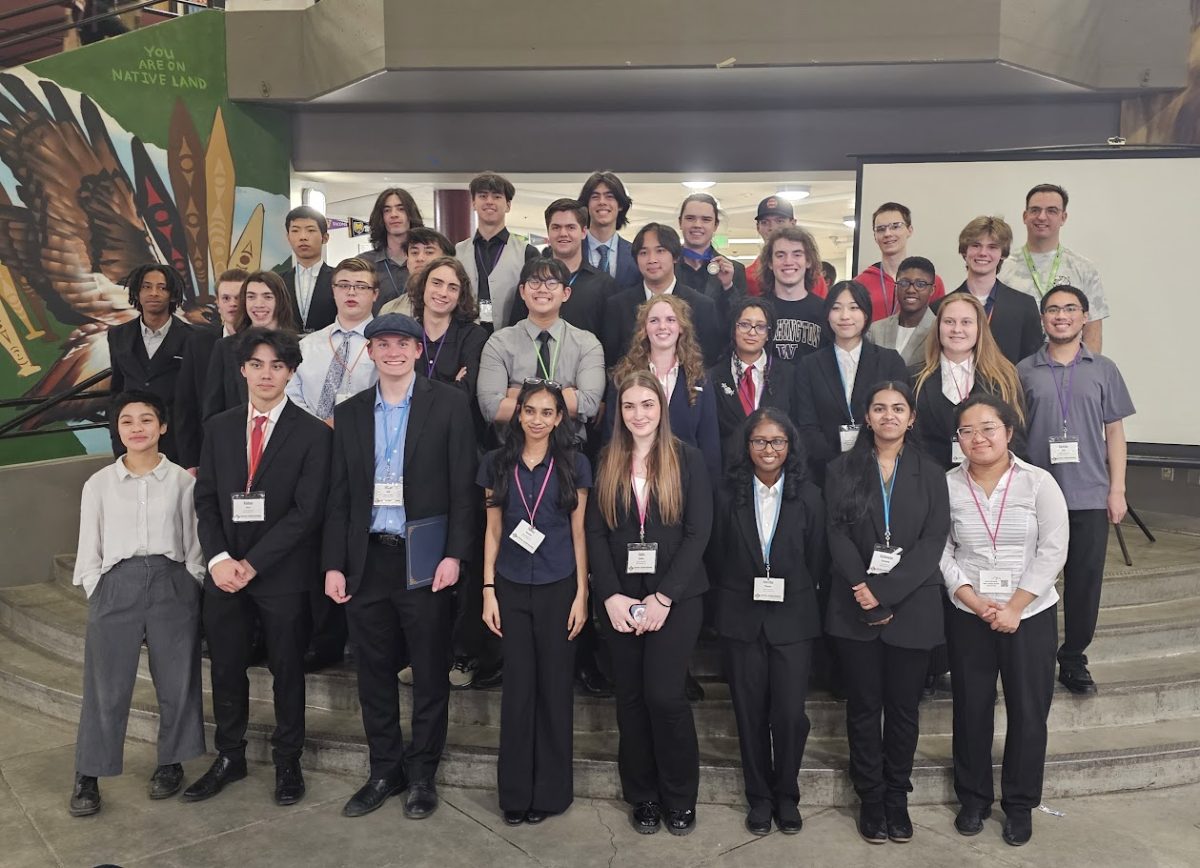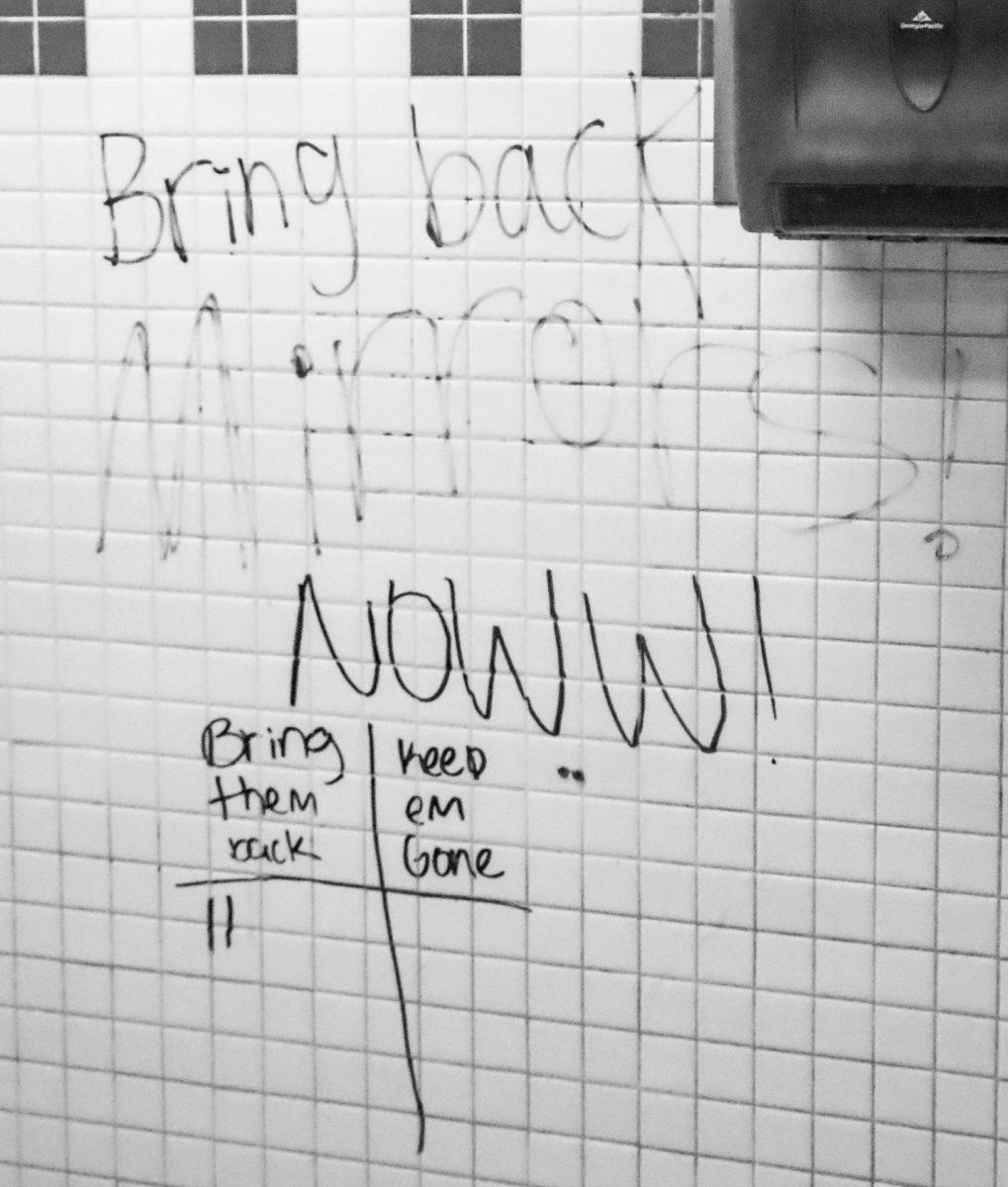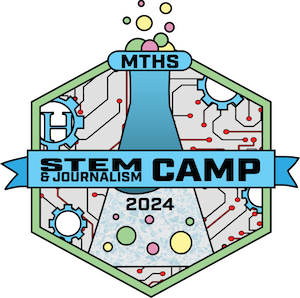Many in the Edmonds School District community were not thrilled to hear the news that the 2020-21 school year would be starting in the Continuous Learning 2.0 model. Feedback from families, students and teachers expressed that the spring model felt rushed, unstructured, and confusing as school closures happened so quickly. The community had higher expectations for the remote learning model in the fall, and as the seasons changed and temperatures began to drop, Continuous Learning 2.0 proved to be more structured.
Although there are differing opinions on how the district is handling school closures, most can agree that a school day for a student in the ESD is far more structured compared to last spring. From 9 a.m. to 12:15 p.m., students on 6-period day schedules are expected to attend 25-minute Zoom classes for each of their six periods every day except Wednesday. Students on a block schedule operate during the same time, but instead of going through all six periods every day, they attend 50-minute Zoom sessions for three of their six periods, alternating classes each day except Wednesday. The time allotted for Zoom meetings is used for instruction on assignments that are to be done individually during asynchronous learning time. The Zoom meetings also allow for face-to-face interaction between teachers and students, and an opportunity for live instruction.
To further help students understand their work during asynchronous learning time, many teachers hold office hours daily from 1 p.m. to 2:30 p.m. These office hours are designed to give students an opportunity to have questions answered by their teachers or get help on assignments.
Along with the change to the synchronous and asynchronous learning structure, the grading system has been altered since the spring. The “all or nothing” grading system seen in the spring has been changed for the Continuous Learning 2.0 model. The current model allows for an A-D letter grade on assignments and tests, or an NC grade, in which the student receives no credit. NC grades can be made up with the chance to “re-engage in learning and complete the course”.
With the district’s changes to remote learning this fall in comparison to spring, some students have found it to be a lot more structured and enjoyable.
“I’d say everything has been pretty good so far this year,” Sophomore Mathias Stull said. “While the technology like Zoom and Canvas could be improved, it is more structured than last year.”
Stull also said that he enjoys communicating more with his teachers and peers in comparison to last spring. He appreciates the teachers who make students turn on their cameras, and who call on random students to give them the opportunity to talk. He said that there is a new sense of unity when everyone is interacting with each other, even if it’s only over Zoom.
With an enthusiastic look on the new school year, Stull reflected on the spring with a less than satisfactory outlook. Overall, Stull believed last year to be a mess, and he felt the instruction wasn’t enough to provide a decent learning experience.
“Last spring would have been alright if instruction was clearer,” he said. “I felt like I was just handed an assignment and told, ‘here you go!’ without any instruction sometimes.”
But not all are enjoying Continuous Learning 2.0 as much as Stull. Junior Anabelle Sumera-Decoret has a more negative opinion of the current remote learning model.
“There have been some pros and cons to this year,” Sumera-Decoret said. “…but I would say there are a lot more cons than pros.”
Sumera-Decoret said that while she enjoys having a more comfortable environment and the chance to sleep in, being in her own home makes distractions come as naturally as breathing. With smaller class periods, she is forced to spend most of her time teaching herself, which is a struggle as she is not used to this style of learning.
“It’s just a pain,” she said. “I spend most of my day sitting there trying to get something done!”
One of Sumera-Decoret’s biggest complaints about the current remote learning model is the workload.
“It might be because we did not do much last year,” she said. “but the workload feels like a lot more, and I think it is more.”
The COVID-19 pandemic severely limits any opportunity for the staff and students of the ESD to gather as a community, and both Sumera-Decoret’s and Stull share a hope for the eventual return to in-person instruction.
“I just hope that the world can get over this quickly, and things can start turning for the better,” Sumera-Decoret said.








